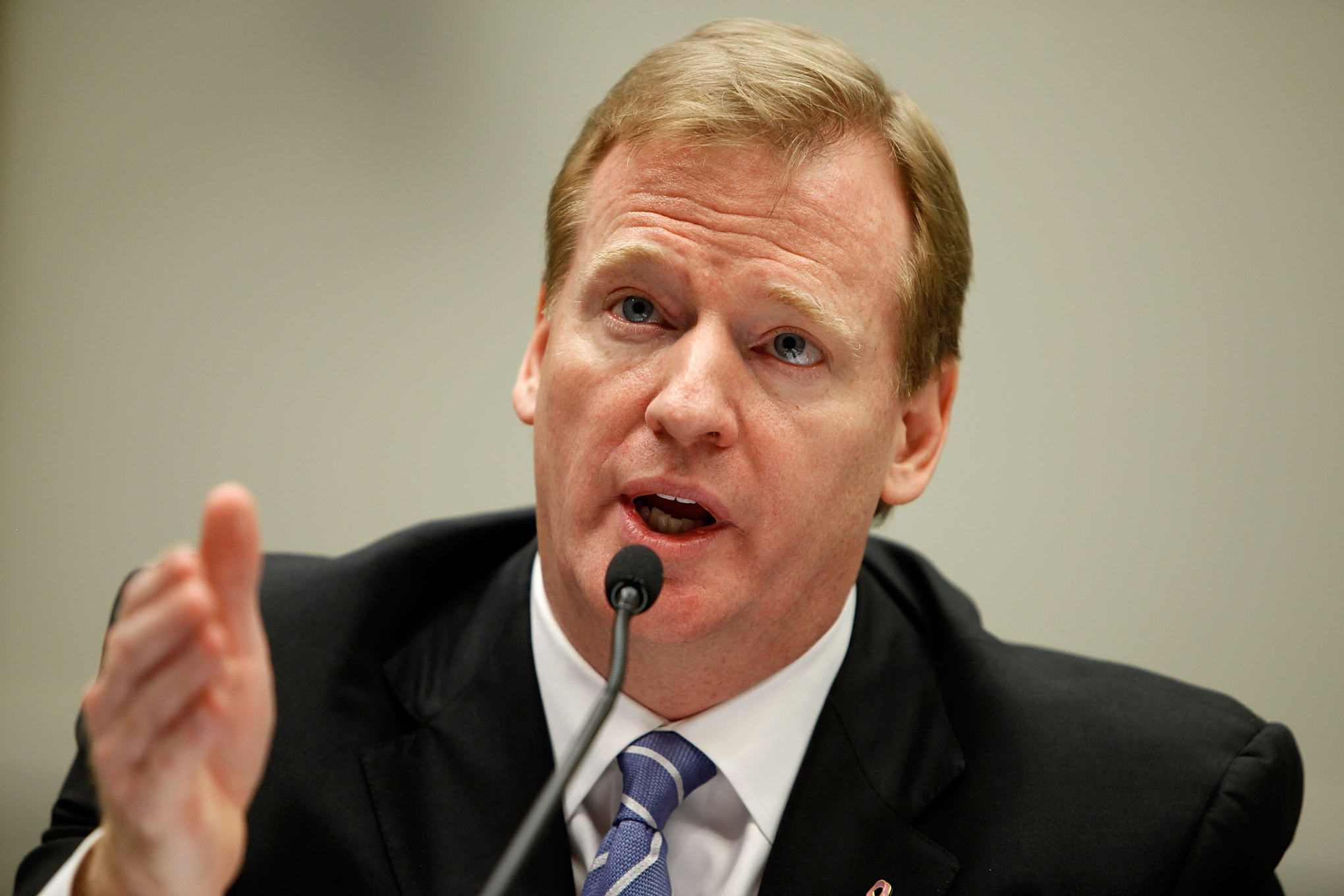The NFL's concussion crisis is going to hit the big screen with the film Concussion, due out Christmas Day.
It stars Will Smith as Bennet Omalu, the real Pittsburgh forensic pathologist who first discovered a neurodegenerative disease called chronic traumatic encephalopathy (CTE) in the brains of football players. CTE is the result of repeated brain trauma over time and causes depression, dementia, and other behavioral changes.
Omalu's 2002 finding — and the subsequent discovery of CTE in dozens of deceased football players — has transformed the football world, leading many to question whether football can ever be a truly safe sport. That means the NFL is not happy about Concussion — so much so that Sony actually edited the script to make it less antagonistic towards the league, though it seems to still portray the events accurately.
How Bennet Omalu discovered football's dangers for the brain
VIDEO: The NFL's concussion crisis, explained
Though the events in the Concussion trailer seem to be somewhat dramatized, they basically depict Omalu's discovery as it happened.
For nearly a century, doctors knew that boxers who were repeatedly punched in the head could develop symptoms of severe brain damage, eventually leading to dementia. But it wasn't until Omalu examined the brain of former Pittsburgh Steeler Mike Webster (who'd suffered from severe depression and dementia before dying from a heart attack at age 50) that anyone suspected the same thing could happen to football players.
When Omalu cut slices from Webster's brain and looked at them under a microscope, he was surprised to see tangled proteins and other characteristic signs of CTE. A year later, Omalu examined the brain of Terry Long — another Steelers legend, who'd killed himself at age 45 by drinking antifreeze — and saw the same picture. "This stuff should not be in the brain of a 45-year-old man," Omalu later said. "This looks more like a 90-year-old brain with advanced Alzheimer's."

Left: a normal brain (slice at top, microscope slide at bottom). Right: a brain with high amounts of tau protein, a sign of CTE. Boston University
Webster and Long weren't alone. Doctors at Boston University's CTE Center have since examined 79 deceased NFL players' brains and found CTE in 76 of them. Many died by suicide or had dramatic changes in personality after retirement. Still, the overall rate of CTE in all players is unknown — it could be an epidemic or a relatively rare problem.
The NFL tried to cover up Omalu's discovery

NFL Commissioner Roger Goodell dodged the issue for years before acknowledging the problem. (Chip Somodevilla/Getty Images)
For years, though, the NFL tried its best to hide the evidence about football and brain trauma.
The league established a committee to examine the long-term effects of concussions on players’ health, but it released findings that were deeply inconsistent with those of other neurologists. Among other things, the committee called concussions "minor injuries," told players there was no problem with a concussed player returning to a game, and declared there were no long-term health issues associated with the injuries. Independent researchers sharply criticized these statements.
Omalu expected the NFL to be alarmed at his findings, but as the Concussion trailer depicts, league staff instead tried to discredit him, accusing him of fraud. "They went to the press. They insinuated I was not practicing medicine; I was practicing voodoo," Omalu later told Frontline. He was barred from league meetings on football and the brain, along with other doctors who later worked on CTE.
The NFL now wants to make football safe — but it might not be possible
:no_upscale()/cdn.vox-cdn.com/uploads/chorus_asset/file/681268/136032391.0.jpg)
Ann McKee, one of the leading neurologists looking into CTE, examines a brain at Boston University's brain bank. (Stan Grossfeld/the Boston Globe via Getty Images)
In 2009 — after Congress grilled NFL Commissioner Roger Goodell during hearings — the league abruptly changed course, finally acknowledging the problem. It's since made some rule changes to reduce the number of players' concussions, put new protocols in place to make sure concussed players are properly diagnosed, and donated money for concussion and CTE research.
Still, it seems unlikely that these moves will halt development of CTE entirely. Scientists don’t really understand how repetitive brain trauma causes the disease, but Ann McKee of Boston University, among others, suspects that milder, subconcussive hits can cause CTE over time. If that's the case, then nothing short of eliminating contact might make football truly safe.
Even as the NFL has worked to cut down concussions, it has fought a public relations battle, trying to convince fans and parents that football can ultimately be a safe game. But the league has had to contend with all sorts of people — from President Obama to former quarterback Brett Favre — saying they wouldn't want their children to play football because of the health risks.
If enough parents keep their kids away from football, it could pose a threat to the long-term popularity (and profitability) of the sport. The last thing the NFL wants, as its season is about to start, is a Will Smith blockbuster about how football is dangerous.
Indeed, Ken Belson at the New York Times found several emails in the Sony hacks that show Sony preemptively edited the film to avoid angering the league.
"Will is not anti football (nor is the movie) and isn’t planning to be a spokesman for what football should be or shouldn’t be but rather is an actor taking on an exciting challenge," wrote Dwight Caines, the president of domestic marketing at Sony Pictures, to studio executives. "We’ll develop messaging with the help of N.F.L. consultant to ensure that we are telling a dramatic story and not kicking the hornet’s nest."